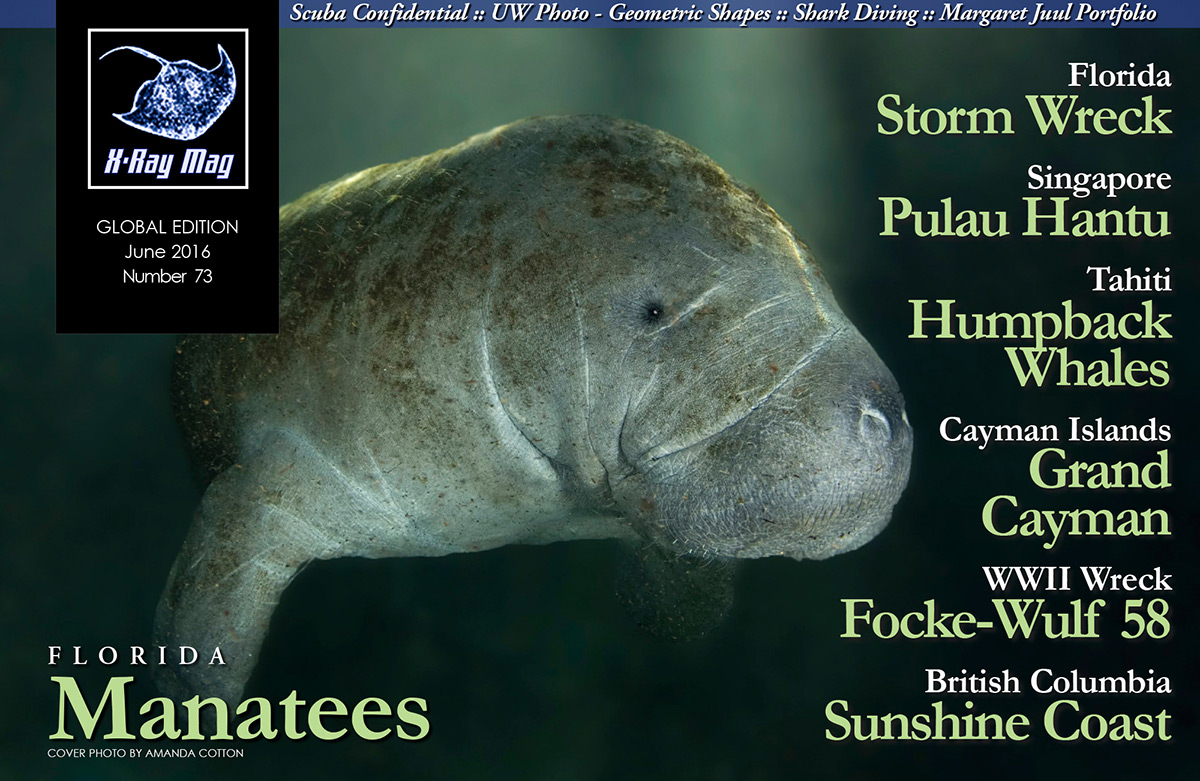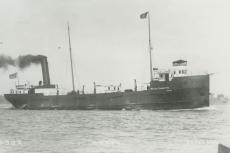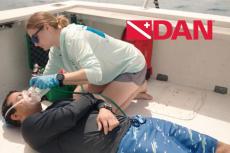It was early morning and our dive team was in the process of loading our gear into the car when my friendly neighbour, Walter, greeted me, asking where we were heading so early.
Contributed by
Factfile
Marco Daturi, who emerged from the warm waters of a nursery in 1972—a restriction prescribed by an inclement, authoritarian doctor—was always very close to the sea and the underwater world, which he continues to explore with a passion whenever he can.
Having survived the attack of a Ligurian porter crab, the false attentions of Indonesian nudibranchs, an underwater wedding, and insistent invitations to get into technical diving, Daturi continues to enjoy the passion that is diving, which culminated in 2003 with the creation of ScubaPortal.it.
A certified divemaster, Daturi also holds a doctorate in economics, and two masters in marketing and sports management.
For more information, visit Scubaportal.it or email: info@scubaportal.it.
As I tell him what we were up to, he grinned, looking somewhat incredulous and wished me a good day. Yes, indeed, the hopes of finding a seahorse in Italy are very slim since they have become very rare. Seahorses are endangered, and in ten years, there may not be any left in the Mediterranean.
Yet, there is still a place in Liguria at Capo Noli, where it is not unlikely to encounter these “sea stallions”—as Francesco Turano called them in his articles on the species. The village of Noli is a typical Ligurian town only an hour and a half drive from Milan—that is when traffic is light. Otherwise, travel time can double or triple.
Liguria is the crescent-shaped region in northwest Italy bordering with France. Its Mediterranean coastline is also known as the Italian Riviera and popular with tourists for its beaches, towns and cuisine. The narrow strip of land is bordered by the sea, the Alps and the Apennines mountains. The continental shelf is very narrow and so steep it descends almost immediately to considerable marine depths along its 350km coastline.
Knowing where to find seahorses is akin to picking mushrooms. The good spots can be hard to find, but once you have discovered a good location, you can come back many times, being fairly certain that you will find what you are looking for.
Diving
Nine o’clock and I was all kitted up, ready for a nice solo dive with the sole purpose of photographing seahorses. Feeling optimistic—definitely a help in these challenging searches—I slipped into the water. Along the sand and the rocks in only a few meters depth, the water was still warm in the autumn so staying warm was not an issue
I moved forward slowly, and like a mushroom hunter, I looked over all the submerged bushes, fan worms, stones and whatever else was attached to the bottom because that is where seahorses are usually found. I saw octopuses, cuttlefish, soles, gurnards, nudibranchs, crabs and hundreds of other small fish, but no trace of seahorses.
I was still finning when, after about half an hour, I spotted a small shadow dangling in the surf: It was a splendid specimen of a seahorse—just what I was looking for!
With childlike glee, I approached without disturbing it. I know the seahorse will not run away or, at least, not too fast. I rested in the sand in front of it. I watched the seahorse for a couple of minutes and then I began to take some pictures.
It was calm but very shy and slowly turned away, turning its back to me. In pursuit, I moved very carefully to avoid stirring up particles, attempting to get in position in front of the seahorse, but as this dance kept going on, I decided to stop and wait for it to come around and face me.
I snapped some photos, and though the seahorse did not look particularly pleased by the flash, it was the sole reason I was here in the first place. So it would just have to put up with a couple more shots. This may sound like an easy task, but the seahorse kept moving about while my 105mm lens kept giving chase.
It’s been almost ten years since I last saw a seahorse in the Mediterranean, and I hope others won’t have to wait that long for an encounter. However, this circumstance may not be the case any longer; as I continued my dive, I come across two more—one similar seahorse and a smaller one beside it. They were clinging onto the bottom of some algae with their tails.
In order to get some nice shots not taken from above, I had to make myself as flat as possible against the bottom and stay in that rather uncomfortable position for quite a long time. As my back started to ache and cramps started to set in, I was about to get out of the water soon. I had been under for 111 minutes by now, and that was only the first of three dives that day.
Biology
Out of the 54 known species of seahorse, only three are found in the Mediterranean: the long-snouted seahorse, (H. guttulatus), the short-snouted seahorse (H. hippocampus), and the sea pony (H. fuscus)—the latter being considered an invasive species. Although they are bony fish, they do not have scales, but rather thin skin stretched over a series of bony plates, which are arranged in rings throughout their bodies.
Each species has a distinct number of rings. Unusual among fish, a seahorse has a flexible, well-defined neck. Being quite poor swimmers, they are most likely to be found resting with their prehensile tails wound around a stationary object. The arched neck holds the head forwards, with a characteristic form that recalls that of a small horse, from which obviously these creatures take their name, and an elongated tubular snout, which they use to suck up food, and their eyes can move independently of each other. ■





























